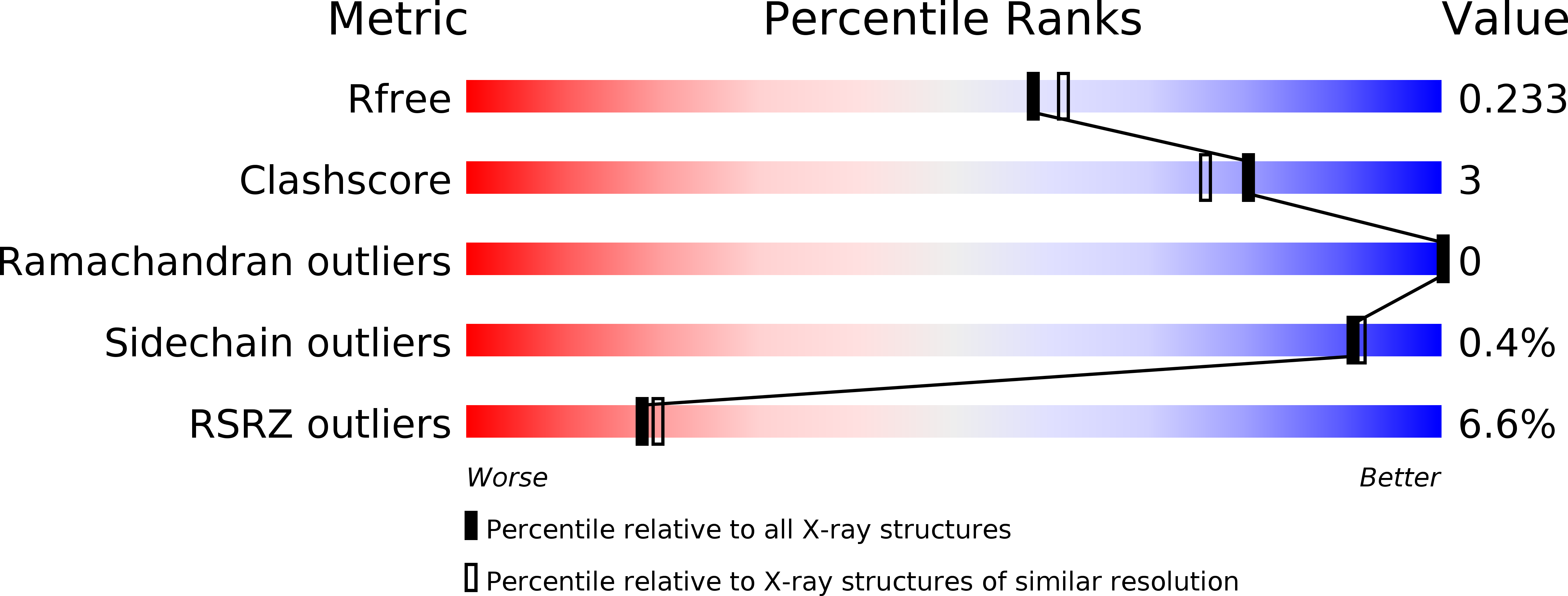
Deposition Date
2016-03-14
Release Date
2017-04-26
Last Version Date
2024-10-16
Entry Detail
PDB ID:
5IRR
Keywords:
Title:
Crystal structure of Septin GTPase domain from Chlamydomonas reinhardtii
Biological Source:
Source Organism:
Chlamydomonas reinhardtii (Taxon ID: 3055)
Host Organism:
Method Details:
Experimental Method:
Resolution:
2.04 Å
R-Value Free:
0.23
R-Value Work:
0.19
R-Value Observed:
0.19
Space Group:
C 1 2 1


